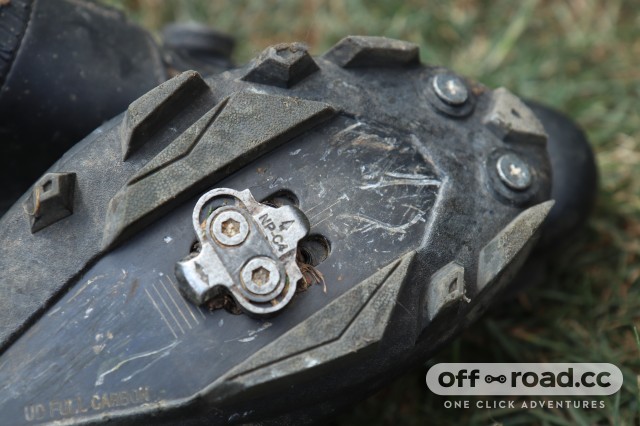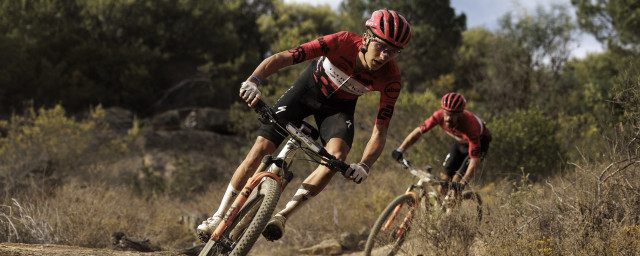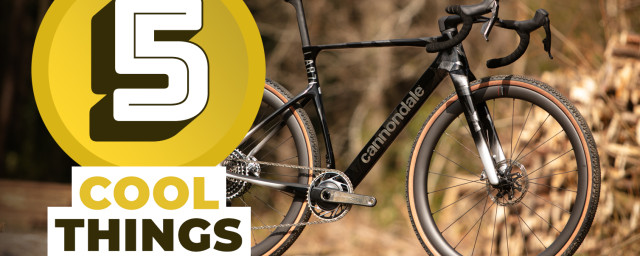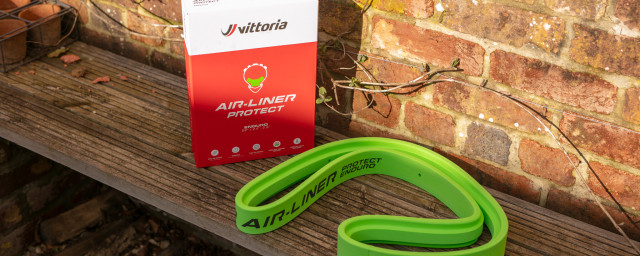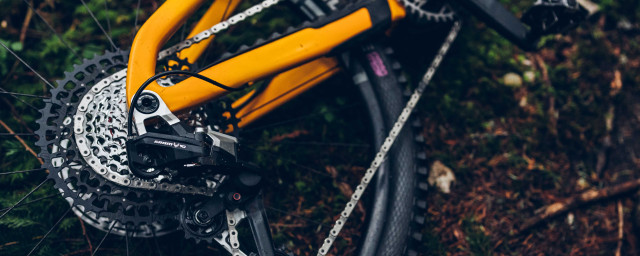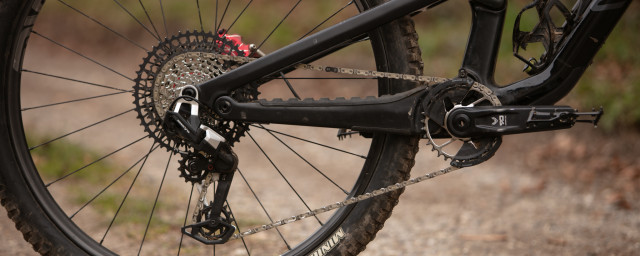When should you replace your mountain bike pedal cleats?

Mountain bike cleats gradually wear out over time, clipping in and out, plus walking around on them wears the material down. You'll need to swap them periodically, but exactly when are they due a change? What are the warning signs and how will you know? We aim to answer all here with a little help from the experts.
The amount of time that cleats last depends on a host of factors including the brand you use, your mileage, your riding style, conditions, how much you 'hike-a-bike' in your mountain bike shoes and so on. All of those factors mean that it’s not possible to give an exact timespan for changing your cleats but here’s the information you need to decide when it’s time for a new pair.
As cleats wear out you’ll often find that their connection with the pedal becomes sloppier. You find that it's much easier to release your cleat from the pedal or, that you might pull your foot off the pedal accidentally, say when jumping or cornering hard. Those situations are less than ideal so it's best to err on the side of caution when it comes to deciding when to fit new cleats.
There might also be visible wear and the cleats may look misshapen, both of which will either cause you not to be able to unclip properly or to unclip inadvertently! Lining your old cleats alongside a brand new set will help show you the change in shape and you'll be able to get an idea just how worn they are.
Here is some advice from the experts:
Shimano
Shimano SPD mountain bike pedal all use the same cleats, these can either be the single release version or the mulit-release type which allows the foot to disengae by pulling up on the pedal hard as well as the normal side action. The multi-release cleats are usually black and have have a 'M" stamped on the lower surface.
Ben from Shimano told us:
"The front and back contact points on the body of MTB cleats will wear over time due to the action of sand and grit. You might notice some visual rounding of the edges of the main body but it's the contact feeling that you need to pay most attention to. Although MTB cleats have some built-in float to allow for movement of the body, too much left/right and up/down play will give your foot a loose feeling on the pedal. As well as this you might also notice that clipping out becomes too easy and your shoe/pedal feeling becomes less secure. At this point, it's best to replace your cleats."
Crankbrothers
Crankbrothers offer different release angle options dependant on which foot you place each cleat. This is explained in the instructions that will be inside the box with the new pedals or cleats. The standard cleats in the box with a new set of pedals will offer a 25 or 20 degree release angle along with 6 degrees of 'float'. Crankbrothers also sell a 0 degree release angle cleat (still with 6 degrees of float) and also a set with a 10 degree release angle. With these cleats there is also a choice of two float options - 0 or 8 degrees, rather than the standard 6 degrees - the choices are endless - nearly.....
Hannah from the distributor Extra looks after the Crankbrothers brand, she advises:
"Unlike other brands of pedals which rely on a spring system to retain the rider's shoe to pedal contact the cleat and wings of the Crankbrothers pedals work slightly differently. The spring of the pedal is only active during engagement and disengagement of the pedal from the cleat. Therefore when clipped in the spring is in a neutral position rather than being under tension. If you start to feel this engagement becoming less precise then it's worth checking your cleats.
As you're replacing them, or even when you're checking your cleats it's also worth looking at your cleat to pedal interface. Crankbrothers pedals and cleats have several different set up options depending on the shoe and pedal model you're running."
Hannah also told us that Crankbrothers USA advises users to replace cleats after 300-500 hours of ride time, meaning for most of us riding for 3-4 hours a week we might need to replace cleats at about the 75 week or 18 month point if using 300hrs as a guide. But we aren't sure if this takes into account walking on the cleats, we've certainly never managed over a year on a set of cleats!
Crankbrothers have produced this video to help you position new cleats:
HT
HT pedals all come with two sets of cleats in the box with differing degrees of 'float', either 4 or 8 degrees, depeing on your preferences. If you aren't sure then its a good idea to ride with both and experiment to find out what suits your riding style.
If you ride HT's, Product Manager, Jordan from Ison Distribution has this advice:
"As all of HT’s cleats are made of steel, you rarely have to change them under normal riding conditions. My advice would be when you feel as though your feet un-clip more un-predictably compared to when the cleat was new (or at your preferred wear point), and you can no longer easily adjust the spring tension to counteract this, then change your cleats. It's best to change cleats if they are obviously worn from walking or excessive riding.
Also, I would always recommend new cleats with new pedals (ours come supplied with cleats), or when you get new shoes. No one likes that new shoe feeling tainted by muddy old cleats!
Positioning new cleats
You can draw around your old cleats with a crayon or some chalk before removing them in order to fit your new ones in exactly the same place.
We'd advise you to use a torque wrench to tighten the bolts to the manufacturer's guidelines and pop a little bit of grease on the threads of the bolts in order to make them easier to remove next time they wear out.
You might also like:
- Can I adjust the height of my Reverb dropper post?
- First Look - Marin Gestalt X11 gravel bike
- The 12 best apps for mountain bikers
